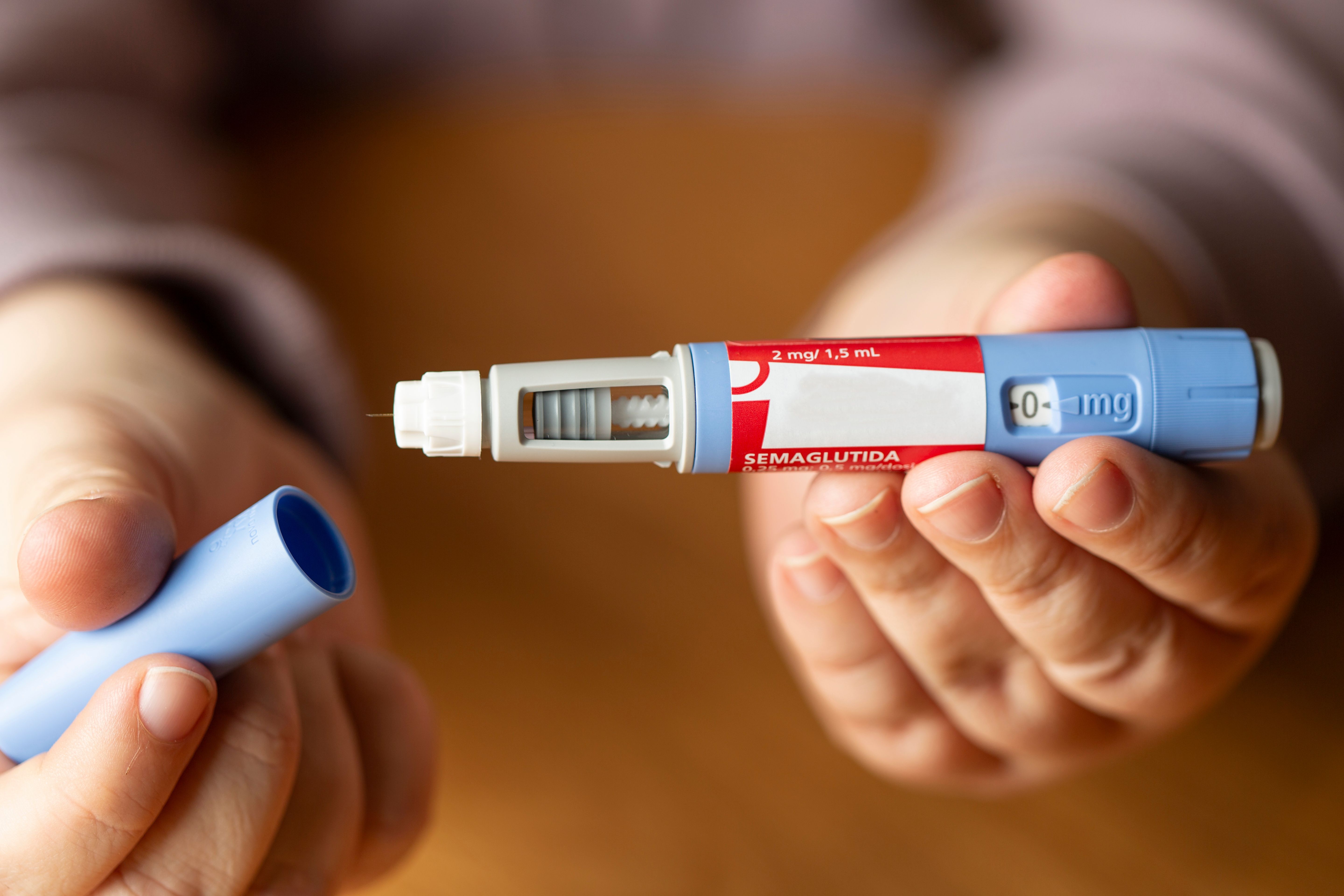MANY PREDICT 2024 WILL BE THE YEAR OF PHARMACY CLOSURE
Rite Aid, CVS, and Walgreens collectively have reported an expected shuttering of 1500 pharmacy locations over the course of 2 years,1 with the bulk of the closures expected in 2024. Meanwhile, independent pharmacy closures also have been increasing and have numbered into the thousands over the past few years.2 A confluence of opioid settlements, the overall continued degradation in product reimbursement, consumer spending shifts away from front of store, and “double-dip” effects of direct and indirect remuneration (DIR) fees make this year a toxic stew of challenges to paying for expensive inventory and making payroll without a loss.
DIR FEES FEEL LIKE A GAME OF MAGIC 8 BALL
DIR fees moving to point of sale (POS) has been a mixed bag for pharmacies. The attempt at transparency for reimbursement and drug product economics prior to sale should, in theory, help pharmacies navigate their margins more effectively. However, the ensuing cash crunch caused by losing the “float” of cash that came from collecting more at POS and getting a portion pulled back at a later time has been a heavy price to pay for transparency, particularly when the complexities of contracting with pharmacy benefit managers increase each year. Many pharmacies, particularly independents who purchase drugs at a smaller scale, are finding that the margin calculations of DIR at POS can be as confounding as the prior strategy of recoupment, with purchasing and selling of drugs feeling like a mathematics test in game theory.
About the Author
Troy Trygstad, PharmD, PhD, MBA, is executive director of CPESN USA, a clinically integrated network of more than 3500 participating pharmacies. He received his PharmD and MBA degrees from Drake University and a PhD in Pharmaceutical Outcomes and Policy from the University of North Carolina. He recently served on the board of directors for the Pharmacy Quality Alliance and the American Pharmacists Association Foundation.
ACCOUNTING IS CONVEYING BAD NEWS TO A LOT OF INDEPENDENTS
For many pharmacies without a dedicated accounting department, April brought a first look at 2023 results. Anecdotally, I’m hearing from pharmacy owners that there was the typical mix of those who did better and those who did worse, but that, overall, the situation is dire. This is particularly true in some regions where the success of the pharmacy is not affected by competent management, strategy, and execution, but rather by reimbursement calamities from a dominant payer in that particular state, region, or community. It’s a dangerous time for a functioning marketplace when the primary determinant of business survival is influenced more by third-party actions unrelated to access, quality, value, or any other market-based force related to a product or service than to the intrinsic performance of the business. It accelerates a race to the bottom—leading to accountant-imposed staff shortages, walkouts, and community pharmacy deserts that disproportionately affect rural and underserved communities. Importantly, 1 in 4 communities is now a pharmacy desert without a way to fill medications locally.1-3
POTENTIAL SOLUTIONS SEEM TO NIBBLE AROUND THE EDGES
Pharmacies have complained about low reimbursement for decades now. In this new reality, however, making less money is one thing, but not having enough margin to keep the lights on is another. The lay media have picked up on the nearly impossible economic odds many pharmacies face, and newsprint and broadcast media alike have started to tell the story of pharmacies in peril. However, the solutions that have gained traction have thus far been marginal and short on immediate relief, and mostly related to Medicaid rates and practices. There have been some reimbursement floors, but those floors are not across all payer types and are sparsely dispersed around the country.
WITH SO LITTLE MONEY NEEDED TO KEEP PHARMACIES OPEN, HOW HAS IT COME TO THIS?
As reported in prior letters from the editor, it only takes $0.65 for every $100 spent on the US health care system to keep pharmacies open. This includes the buildings, the electricity, the software, and all the labor—a mere couple of months of health care service inflation could be offset by the closure of 65,000 pharmacies—and that wouldn’t include any of the subsequent costs associated with disruption and lack of access to medications and services. Why has it come to this moment (or, rather, year) of crisis?
WHAT IS THE PATH TO PHARMACY SUSTAINABILITY?
The answer is simple and has been staring us in the face for the greater part of 3 decades: Pharmacy as a retail model is unsustainable and has turned into a loss-lead business. It’s cheaper to buy most medications than a cup of coffee at your favorite drive-through, and baristas don’t go to school for 6 to 8 years and gather hundreds of thousands of dollars in debt. The manager at that chain coffee shop is within striking distance of a pharmacist, making up to $90,000 per year in some locations.4 Nurse practitioner salaries are now at or above pharmacists’ salaries in many markets.
The current pharmacy business model doesn’t work in the 21st century. That doesn’t mean dispensing services cannot be successful—in fact, there are many reimbursement models that would greatly improve pharmacy sustainability—but the traditional buy-and-sell model that has made everyone else rich is now making pharmacies poor. One of 2 eventualities will come to pass: Either a new payment model will emerge, or pharmacies will continue to trend toward resembling sweatshops, a tragic comedy of errors, walkouts, long lines, and 500 or more prescription fills per pharmacist fulltime equivalent per day, or even pharmacies without pharmacists or services. The worst-case scenario would be, alarmingly, no pharmacies at all.
If you work in a pharmacy right now, you need to advocate for a different payment model. Trust what I am telling you as a trained policy expert and health economist—your work life and personal economy won’t get better until it happens.
References
1. Gregg A, Peiser J. Drugstore closures are leaving millions without easy access to a pharmacy. The Washington Post. October 22, 2023. Accessed April 11, 2024. https://www.washingtonpost.com/business/2023/10/22/drugstore-close-pharmacy-deserts/
2. Hawryluk M, Kaiser Health News. Independent pharmacies are fighting to stay in business through the pandemic. Fortune. April 29, 2021. Accessed April 11, 2024. https://fortune.com/2021/04/29/independent-owned-small-pharmacy-drugstore-closures-covidlockdowns-prescription-drug-deliveries/
3. Higham A. Why your drugstore is closing. Newsweek. January 20, 2024. Accessed April 11, 2024. https://www.newsweek.com/whyyour-drugstore-closing-cvs-walgreens-rite-aid-1861542
4. Total salary range for Starbucks store manager in Raleigh-Durham, NC. Glassdoor. Accessed April 11, 2024. https://www.glassdoor.com/Salary/Starbucks-Store-Manager-Raleigh-Salaries-EJI_IE2202.0,9_KO10,23_IL.24,31_IM714.htm








